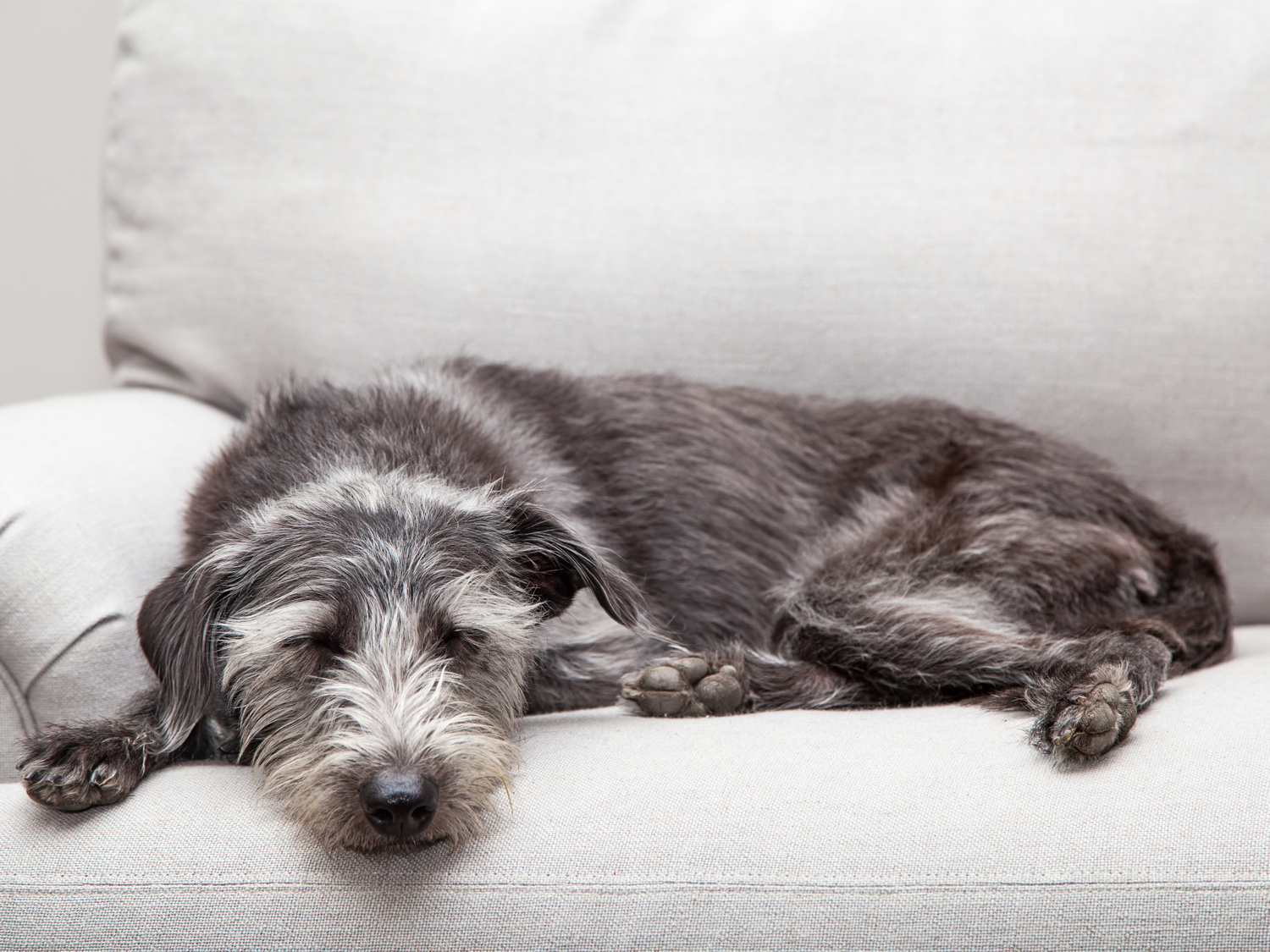
Gastrointestinal issues are one of the most common complaints that we see in our patients.
Diarrhoea, vomiting, and other digestive upsets can be common sources of misery for your pet and might just result from a minor bug or some ill-advised feeding, but may also be signs of something more serious – and can be dangerous if your pet loses too much fluid.
Understanding post-treatment care
If your pet’s been in to see us due to severe gastrointestinal distress, the aftercare may vary depending on the cause of the clinical signs.
As always, you should follow the specific instructions you were given by the emergency vet. If your pet’s clinical signs are suspected to result from another condition, you may also need to follow up with your daytime vet for a full investigation.
Creating a comfortable environment at home
Bringing your pet home: if your pet is not feeling well, they will benefit most from a calm, quiet environment where they can get some sleep.
If you have a busy household, it might be a good idea to set up a room or corner where your pet can be undisturbed until they are feeling more themselves.
You may want to limit your pet’s activity as well until they have returned to their normal energy levels.
The importance of ongoing monitoring
You will want to keep an extra close eye on your pet once you bring them home from the emergency clinic.
Often, at the emergency vet, we will treat your pet’s clinical signs and work to stabilize them. This can often mean providing intravenous fluids (a drip) in cases of severe gastrointestinal clinical signs. But if your pet continues to lose fluids via vomiting or diarrhea, they may end up critically dehydrated again.
So, it is important to note if your pet is continuing to have unusual bowel movements or any other signs.
Hydration strategies for your recovering pet
Keeping your pet hydrated: Keep lots of water bowls around for your pet to encourage them to drink.
If they do not seem inclined to drink water, you can try giving them wet food (if they normally eat dry food) or adding water or low-salt stock to their dry food. Ice cubes may also be more interesting than water.
Feeding your pet after gastrointestinal treatment
Reintroduce food gradually (and again, according to your vet’s instructions). You may wish to reintroduce food with small amounts of bland food (plain poached or microwaved chicken, for example) or specialized food if your vet has advised it.
As mentioned, adding water to your pet’s food can be a way to keep them hydrated if they are otherwise reluctant to drink. As your pet starts to feel better in the days following their procedure, you can gradually reintroduce their normal food and feeding routine.
Monitoring your pet’s behaviour for signs of discomfort
If your pet is lethargic, uncharacteristically bad-tempered, or seems restless or agitated, they may be in pain.
If it is a few days after your pet’s procedure and they are still not back to their normal self, contact your daytime vet, if out of hours contact Vets Now, or our partnered telemedicine service, PawSquad, for advice.

